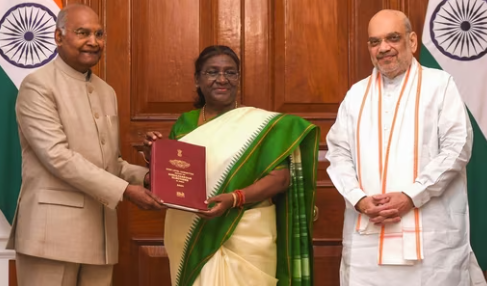The concept of simultaneous elections in India, often referred to as “One Nation, One Election,” has been a subject of heated debate in recent years. The idea proposes that elections for the Lok Sabha (national parliament), state legislative assemblies, and local government bodies be held together. This proposal, if implemented, would mark a significant shift in India’s democratic process, aiming to reduce the frequent electoral cycles that characterize the world’s largest democracy.
What is the Proposal?
Currently, India holds elections at different times for the Lok Sabha and state legislative assemblies. This means that every few months, one or more states could be undergoing an election process. The simultaneous elections proposal seeks to sync the timelines, so citizens across the country vote for national, state, and local representatives on the same day, or within a single window.
The idea of simultaneous elections is not new. India actually held synchronized elections until 1967. However, political instability and the dissolution of state assemblies over time led to the desynchronization of electoral cycles.
Why Propose Simultaneous Elections?
Proponents argue that holding simultaneous elections could save a considerable amount of time and resources. Each election involves enormous logistical efforts and significant public expenditure. Synchronizing the election cycle could also reduce the frequent imposition of the Model Code of Conduct, a regulation that limits governmental activity during the election period, thereby preventing disruptions in governance.
Moreover, advocates believe that synchronized elections would lessen voter fatigue, allowing citizens to focus on substantive issues and make more informed decisions, as all elections would be held at once rather than spread over years.
The Challenges Ahead
While the idea has its merits, it also faces several logistical and constitutional challenges. One of the biggest hurdles is how to align the current election cycles. This would require either extending or curtailing the terms of various legislative bodies. Any such changes would need constitutional amendments, requiring widespread political consensus.
Another concern is that simultaneous elections could diminish regional issues. If national and state elections are held together, there’s a risk that national issues may overshadow local matters, leading to an imbalance in political representation and voter engagement.
Additionally, the logistical challenges of conducting elections for such a vast number of voters at all levels, across a country as diverse and populous as India, would require massive planning and infrastructural support.
What Lies Ahead?
The debate around simultaneous elections in India is far from over. Supporters see it as a necessary reform to streamline the electoral process, reduce costs, and enhance governance efficiency. Critics, however, caution against potential disruptions to federalism and regional governance.
The ultimate question is whether the benefits outweigh the challenges, and if India’s democratic structure can adapt to such a fundamental shift.



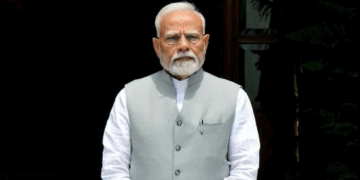

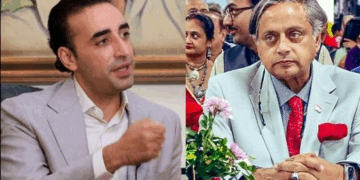
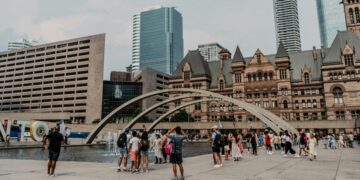
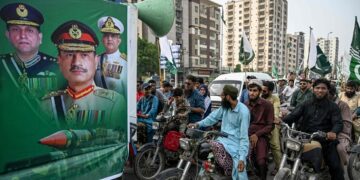
 India
India
